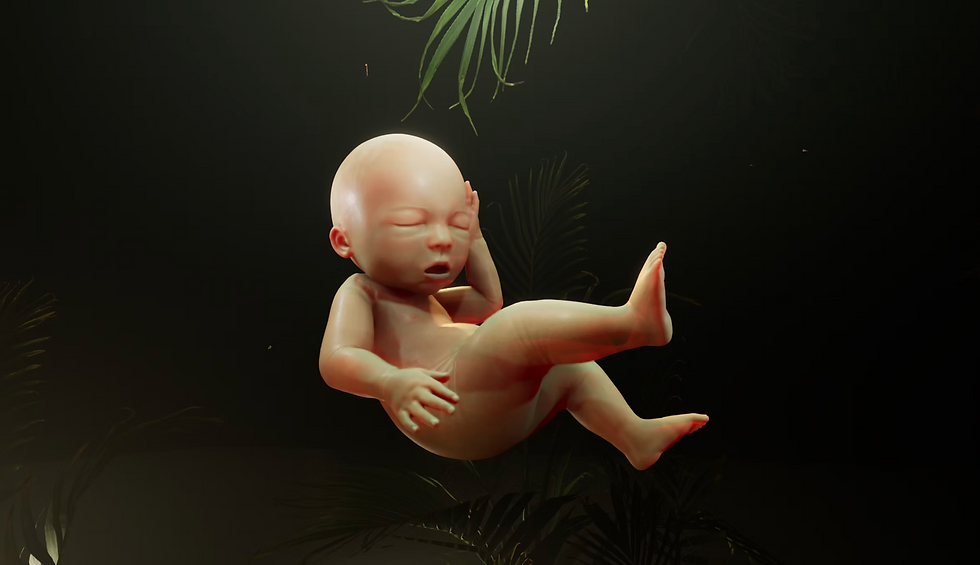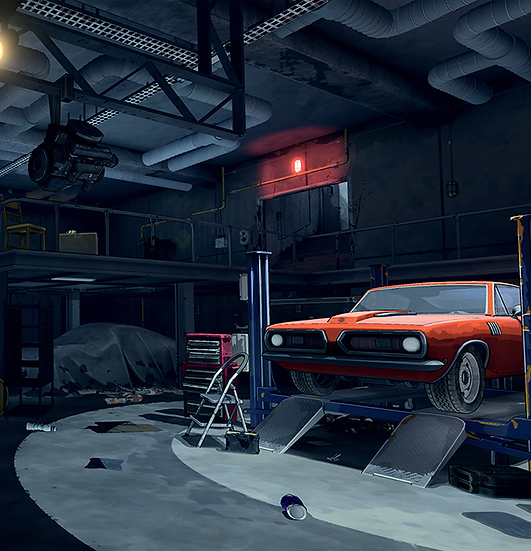Children of the void
A ship is adrift in space after an apparent malfunction, and defence systems are down. But, something unknown has made its way onboard. This project focuses on interactive elements, advanced shaders, and atmospheric VFX to enhance the eerie, sci-fi setting.



Key features
-
Interactive Pods - Player interaction adds to the narrative and immersion.
-
Fake Liquid Shader - Simulates liquid draining from the pods, adapting to orientation.
-
Moth VFX (Niagara) - Swarms of moths not only add a sense of decay and unease, but also give motion to an otherwise static scene.
Software
-
Maya
-
ZBrush
-
Substance Painter
-
Unreal Engine

Challenges and solutions
Recreating a Half-Life: Alyx Inspired Liquid Shader
The liquid shader in Half-Life: Alyx is an impressive effect in the Source 2 engine. I needed to create a similar effect in Unreal Engine for its specific use case.
Solution:
-
Instead of directly replicating the effect, I applied a ‘smoke and mirrors’ technique.
-
A low-poly egg shape inside the pod acts as the liquid volume.
-
The shader applies to this shape, giving the illusion of a draining effect, adapting to the pod orientation.
-
A glass surface material with refraction and a tiled normal map helps conceal the fact that the liquid lacks a cap.
-
Future Improvement: I’d like to revisit this and explore adding a dynamic cap.
Developing an Efficient Subsurface Material
I created a custom material function with a subsurface scattering input that works in conjunction with a custom output from Substance Painter. This looks great for materials like curtains and plastic containers. But it doesn't work well for realistic skin.
Solution:
-
Instead of using my shader, I opted for built-in skin shader in Unreal. Although its more expensive, it delivered exceptional results.
-
My shader is still used and works perfectly for skin when used in a VR game, or for non-skin assets



Final Results & Impact
Children of the Void blends technical and artistic problem-solving to create a haunting, sci-fi environment. The liquid shader technique, combined with interactive elements and atmospheric VFX, brings the scene to life. The project showcases material creation, optimisation, and immersive world-building.


